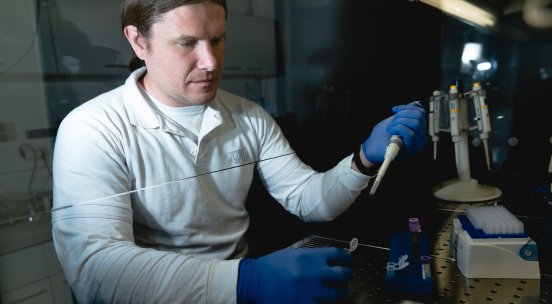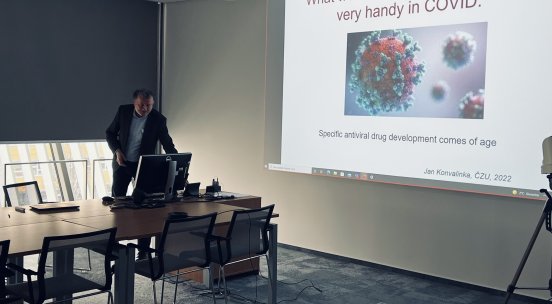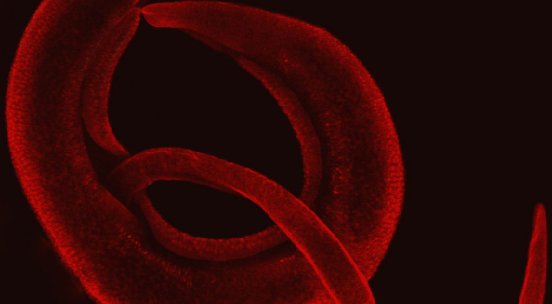About Lice Research Team
The group focuses on the research of parasitic lice, specialized booklice feeding on blood and skin derivatives of birds and mammals. It works in the context of the International Society of Phthirapterists (ISoP), a group of all ca 100 people across the globe who connected their professional lives with the study of parasitic lice. Since lice are a notoriously understudied group, and the amount of work to be done is huge, the specific scope might wander according to the particular interests of the people involved. Bc and MSc students usually start with lice morphology, to first learn what the lice are. The main bulk of the research, however, aims at the usage of genomic data to explain the evolution and phylogeny of parasitic lice. As a cross-CINeZ-groups project, research of lice microbiome started at the end of 2021, with the first pilot study still ongoing. As the collaboration with other groups evolves, we have several plans for future expansions, i.e. lice proteomics in CINeZ, or historical biogeography within a starting GAČR project.
People
Tomáš Najer – PI, originally dedicated most of his work to lice morphology, among other things he elaborated morphological overview of avian lice of Vietnam, and collaborated on checklist and identification key of lice of Sweden. Since morphology cannot answer many hot questions in lice research, he later transited to molecular phylogeny. Currently, his main field of interest is lice genomics, with future intention to expand to so far unknown fields of lice microbiome and historical biogeography.
Projects
GAČR 22-04386O Coevolution of parasitic lice, their hosts, and symbionts – The first project using global genomic data from all parasitic lice groups to provide an unprecedented picture of tritrophic relationships of lice, hosts, and their symbionts. It includes lice from all continents and uses historical biogeography to explain the coevolution in both time and space. The evolution of the symbiotic microbes is also characterized by those found in free-living lice, putting all so far known knowledge of the lice microbiome into context.
Publications
Najer T, Papousek I, Sychra O, Sweet AD, Johnson KP. 2021. Combining Nuclear and Mitochondrial Loci Provides Phylogenetic Information in the Philopterus Complex of Lice (Psocodea: Ischnocera: Philopteridae). Journal of Medical Entomology, 58(1), 252-260.
Najer T, Papousek I, Adam C, Trnka A, Quach VT, Nguyen CN, Figura R, Literak I, Sychra O. 2020. New records of Philopterus (Ischnocera: Philopteridae) from Acrocephalidae and Locustellidae, with description of one new species from Regulidae. European Journal of Taxonomy, 632, 1-37.
Cooperation
Jan Šobotník – Termite Research Team, Faculty of Tropical AgriSciences, Czech University of Life Sciences Prague, Czechia
Kevin P. Johnson – Illinois Natural History Survey, Prairie Research Institute, University of Illinois, Champaign, IL, USA
Andrew D. Sweet – Department of Entomology, Purdue University, West Lafayette, IN, USA
Aleš Buček, Thomas Bourguignon – Evolutionary Genomics Unit, Okinawa Institute of Science and Technology Graduate University, Onna-son, Kunigami-gun, Okinawa, Japan
Daniel R. Gustafsson – Guangdong Key Laboratory of Animal Conservation and Resource Utilization, Guangdong Public Library of Wild Animal Conservation and Utilization, Institute of Zoology, Guangdong Academy of Sciences, Guangzhou, China
Contact
Tomáš Najer - najer@af.czu.cz




